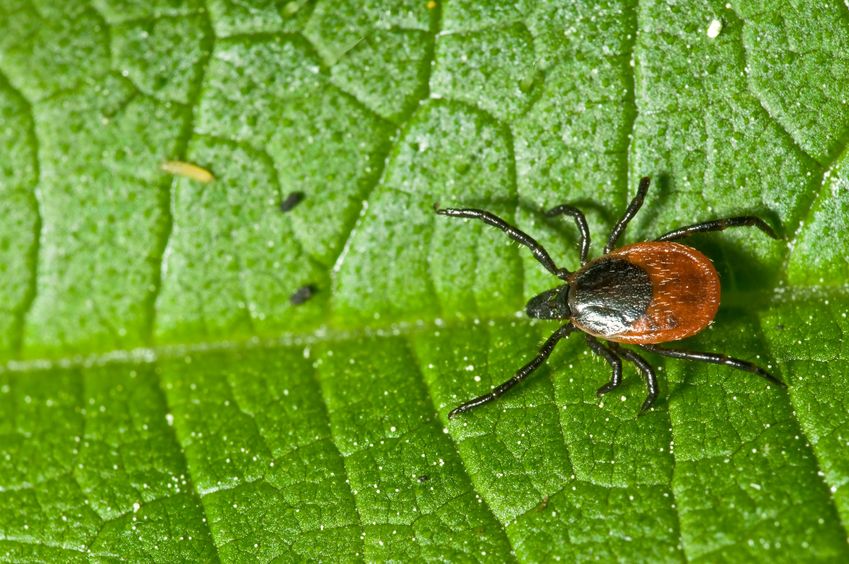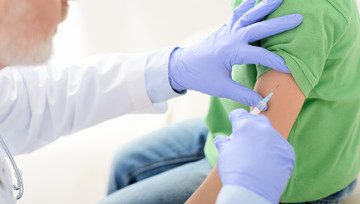The leaf extract of Stevia possesses many phytochemicals, which include austroinullin, β-carotene, dulcoside, nilacin, rebaudi oxides, riboflavin, steviol, stevioside, and tiamin with known antimicrobial properties against many pathogens [fusion_builder_container hundred_percent=”yes” overflow=”visible”][fusion_builder_row][fusion_builder_column type=”1_1″ background_position=”left top” background_color=”” border_size=”” border_color=”” border_style=”solid” spacing=”yes” background_image=”” background_repeat=”no-repeat” padding=”” margin_top=”0px” margin_bottom=”0px” class=”” id=”” animation_type=”” animation_speed=”0.3″ animation_direction=”left” hide_on_mobile=”no” center_content=”no” min_height=”none”][40, 42, 43]. The role of these compounds is mainly to protect the plant from microbial infection and adverse environmental conditions [38–43].”
The researchers explored Stevia’s potential effectiveness against B. burgdorferi cultures, comparing it to three common antibiotics sometimes used to treat Lyme’s disease: doxycycline, cefoperazone, daptomycin, as well as their combination.
The study results were summarized as follows:
The susceptibility of the different forms was evaluated by various quantitative techniques in addition to different microscopy methods. The effectiveness of Stevia was compared to doxycycline, cefoperazone, daptomycin, and their combinations. Our results demonstrated that Stevia had significant effect in eliminating B. burgdorferi spirochetes and persisters. Sub-culture experiments with Stevia and antibiotics treated cells were established for 7 and 14 days yielding, no and 10% viable cells, respectively compared to the above-mentioned antibiotics and antibiotic combination. When Stevia and the three antibiotics were tested against attached biofilms, Stevia significantly reduced B. burgdorferi forms. Results from this study suggest that a natural product such as Stevia leaf extract could be considered as an effective agent against B. burgdorferi.”
Notably, the study found that the most antibiotic resistant form of B. burgdorferi, the biofilm form,actually increased in mass when individual antibiotics were administered. Stevia, on the other hand, reduced the biofilm mass on both tested surfaces (plastic and collagen) by about 40%.
It is also interesting to note that the stevoside extract, by itself, was not found to be an effective antimicrobial agent against B. burgdorferi; nor did it have any effect on resistant cells. Mass market stevia products, including Coca-cola’s Truvia (ironic branding, considering it does not have the truly therapeutic property of whole stevia), would not, therefore, have the medicinal property associated with the whole herb extract. This speaks, of course, to the well known principle in natural medicine that the activity of the whole can not be reproduced through a part, nor is the therapeutic activity of the whole identical to that of the sum of its parts.
While this is only a preliminary study and should not be interpreted to mean the consumption of whole stevia extract will result in clinical improvements comparable or superior to conventional antibiotics, it opens the door to future research on the topic. That said, anyone who is considering natural ways to prevent Lyme’s disease infection, or to support as an adjunct therapy conventional treatments of the disease, could utilize this safe, food-based substance as a potential means of support and synergy. Certainly, there is little if any indication that stevia could cause harm, unlike conventional treatments. See our stevia research section here for more information.
[/fusion_builder_column][/fusion_builder_row][/fusion_builder_container]










